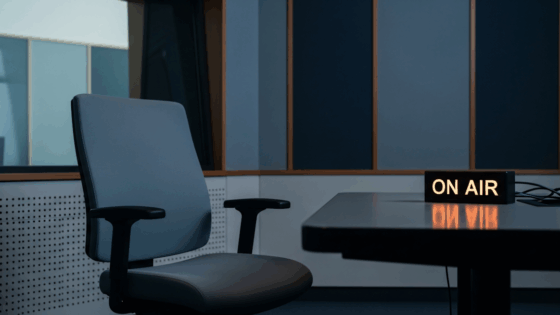on
BY MICHAEL THOMAS
When we reported a few months ago, about a situation at Jane and Finch where city planners were about to change the landscape from mall to living spaces omitting parking spaces in favor of bicycle racks, we were not joking.
In the Jane and Finch Mall article, the planners made sure to highlight the need for a lot of outdoor “parks-space”. They also mention that the focus was community-based with lots of room to walk around and bike to and from.
The family and community are always used as a scapegoat to bring about what is undoubtedly a sinister climate change agenda. Such is the case of a parking lot at Car Park 246 – 31 Blackthorn Avenue and a community church named Cornerstone Baptist Tabernacle in the same area.
The pitch here is that TPA aka Toronto Parking Authority will be decommissioning Car Park 246 and returning the lands in base condition to Parks, Forestry, and Recreation (PFR) for the creation of a new linear park under PFR’s management. TPA would exit the site and no longer be involved in the day-to-day operations.
There has been a request from local businesses, neighboring properties, and Cornerstone Baptist Tabernacle to maintain the existing Car Park for businesses and places of worship. Toronto Parking Authority plans to remove all existing fixtures from the property – including, but not limited to, light fixtures, payment machines, medallions, etc. TPA to cease all operations on site: enforcement, customer service, maintenance, payment collection, etc.
Even though Cornerstone Baptist Tabernacle has asked to assume maintenance responsibility it will cost them an estimated license cost: $1,575 (per month) – approximately and based on the current market rate. The church must confirm and negotiate with Hydro One (charitable discount applied). The church would be responsible for any license negotiations on an ongoing basis, as well as being responsible for all operations: enforcement, rate setting, payment collection, maintenance, etc. Finally, they would be responsible for: maintaining insurance. All these requirements are still pending approval.
The Ward 9 community has collected signatures and petitioned the parking lot authorities, but judging from the reply they got, that could be falling on deaf ears. Davenport’s Councilor Alejandra Bravo said Hydro had provisions in place that would have allowed leasing by churches and other non-profits, but this was blocked because of plans that were there long before she took office.
Even after Reverend Patrick Reid and church members of Cornerstone Baptist Tabernacle highlighted the plight of elderly members who need easy access to the church, and members who are using walkers and canes, this seems not enough to change the dead set mindset that Toronto City Planners are on.
To wrap this up, let’s just look at what is taking place from a vehicular point of view worldwide. It is common knowledge that those in public office are pushing climate change and greenhouse gas agendas. For this to take hold all gasoline vehicles must slowly, but surely be retired. Readers, are you getting the picture yet?
The committee for Sidney Australia is announcing that it plans to end the sale of all gasoline and diesel vehicles by 2027, “If our city is to meet emission reduction goals.” Sounds familiar? The report is called Decarbonizing Sidney.
London England now has what is called the ULEZ or Ultra Low Emission Zone, which was first implemented in 2019 in central London. This scheme charged drivers 12 pounds 50, if their car was considered old like pre-2005, and as time goes by the scheme is being expanded to the whole of Greater London.
This gets worse. If you have a truck, or goods-carrying vehicle, you will have to pay 300 pounds per day to enter the greater London area. All this is designed to discourage driving, period.
Scotland is also into climate change and the clean air scam. While most citizens were busy being distracted over the last four years, compromised governments worldwide were busy introducing their new “Transport Act 2000” to get cars and most gasoline vehicles off the road. It is very simple, there is no need for parking spaces if there are no vehicles.
“Road User Charging Scheme Regulations 2013” is also one of the tools used to accomplish this fraud on vehicle owners, so do you think Canada will not participate? Do you think that a compromised council will disclose this information to you?
Do you know who is behind Agenda 21 and 30? If you are still wondering why these parking lots are being closed Reverend Reid, and community members, then consider this article your assignment. With Agenda 2021 and 2030 in hand, I suggest you follow the rubric carefully.
Stay in the loop with exclusive news, stories, and insights—delivered straight to your inbox. No fluff, just real content that matters. Sign up today!
In his new role as a reporter and Journalist, Michael can he be described in two words: brilliant, and relentless. Michael Thomas aka Redman was born in Grenada, and at an early age realized his love for music. He began his musical journey as a reggae performer with the street DJs and selectors. After he moved to Toronto in 1989, he started singing with the calypso tents, and in 2008, and 2009 he won the People’s Choice Award and the coveted title of Calypso Monarch. He has taken this same passion, and has begun to focus his attention on doing working within the community.













